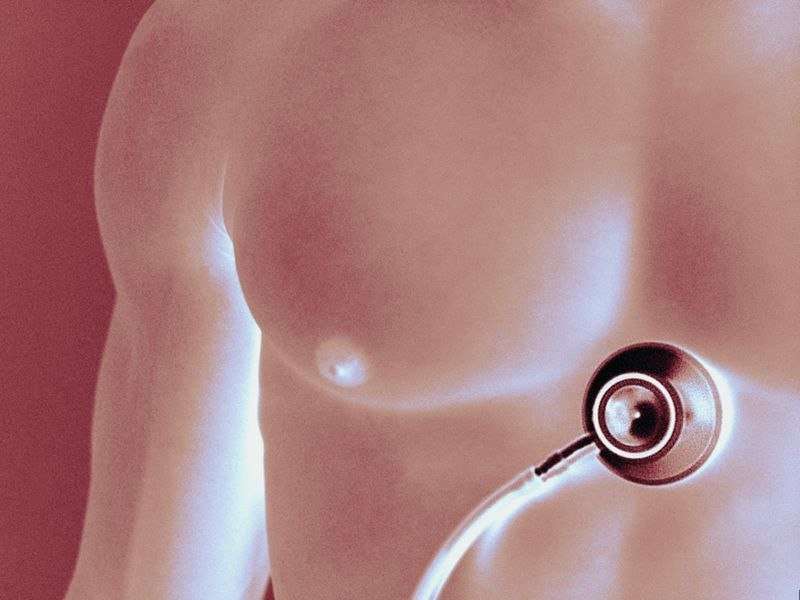(HealthDay)—Among patients with coronary heart disease without severe systolic dysfunction, sudden and/or arrhythmic deaths (SAD) account for a considerable proportion of deaths, according to a study published online May 2 in JAMA Cardiology.
Neal A. Chatterjee, M.D., from Brigham and Women's Hospital in Boston, and colleagues conducted a cohort study involving 135 clinical sites with 5,761 participants with coronary heart disease who did not qualify for primary prevention implantable cardioverter defibrillator therapy.
The researchers found that the cumulative incidence of SAD and non-SAD was 2.1 and 7.7 percent, respectively, during a median of 3.9 years. The most common mode of cardiovascular death was SAD, which accounted for 56 percent of cardiac deaths. Those with a left ventricular ejection fraction (LVEF) of >60 percent had the lowest four-year cumulative incidence of SAD (1.0 percent), while incidence was highest for those with LVEF of 30 to 40 percent and class III/IV heart failure (4.9 and 5.1 percent, respectively); in these high-risk subgroups, the cumulative incidence of non-SAD was similarly elevated. There was wide variation in the proportion of deaths due to SAD, from 14 to 49 percent, in patients with New York Heart Association heart failure class II and those younger than 60 years, respectively.
"In a contemporary population of patients with coronary heart disease without severe systolic dysfunction, SAD accounts for a significant proportion of overall mortality," the authors write.
Several authors disclosed financial ties to pharmaceutical and medical device companies, including St. Jude Medical, which partially funded the study.
More information:
Abstract/Full Text
Editorial (subscription or payment may be required)
Journal information: JAMA Cardiology
Copyright © 2018 HealthDay. All rights reserved.























